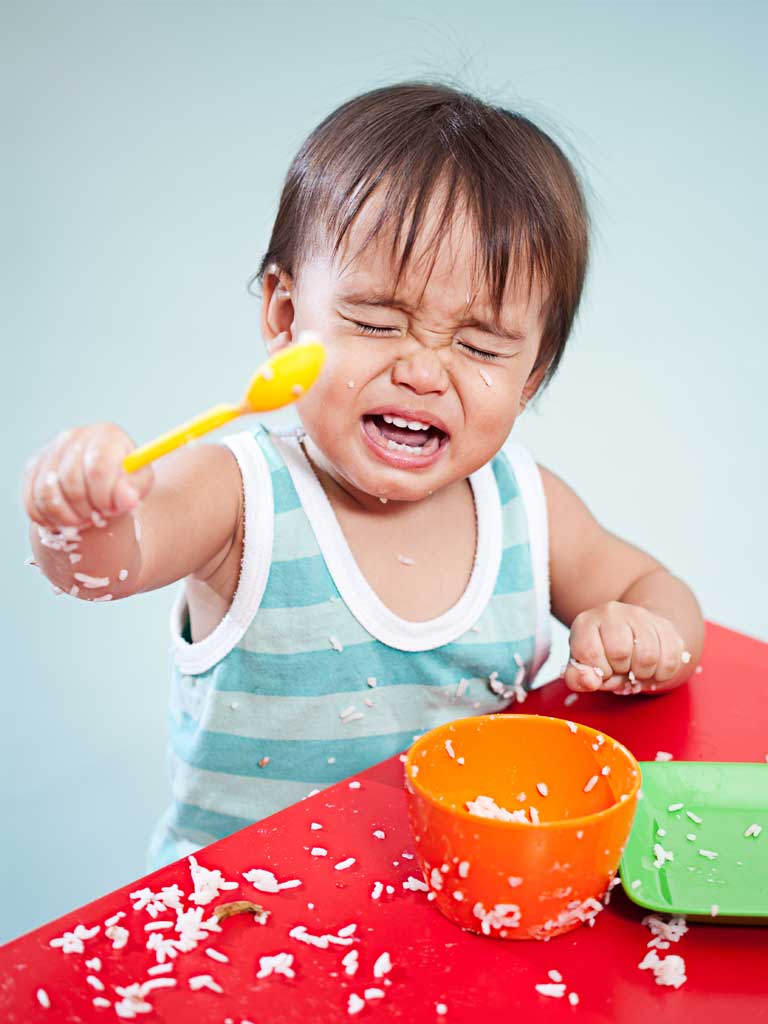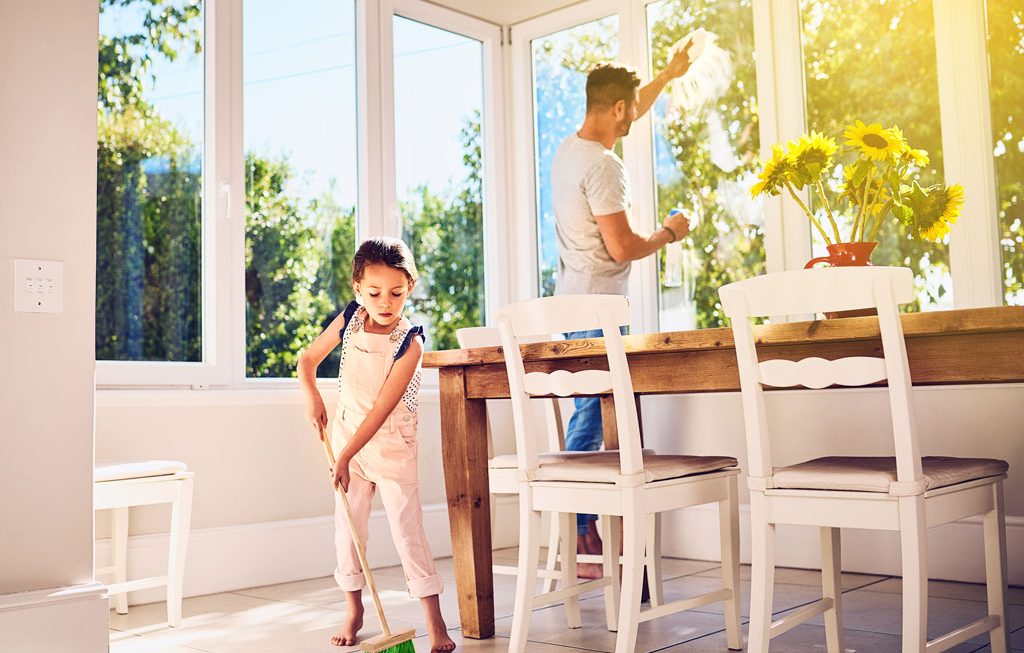by Blake Lefkoe
The average toddler hears the word “no” about 400 times per day. Multiply that by 365 and you get 146,000 “no”s every year. Stop for a minute and think about how you feel every time you get rejected? every time someone says “no” to you. Now imagine that happening all day, every day. At some point, after feeling powerless, frustrated and upset often enough, the word eventually ceases to have any power. Think of it as The Boy Who Cried Wolf syndrome.

This is not to say that you shouldn’t set boundaries and limits for your child. There are plenty of ways to say “no,” without ever actually saying it. Sometimes a simple phrase such as, “Leave it.”, “Please stop.” or “Stay over here.” can be a more appropriate alternative. When your little one asks for something that you might ordinarily say “no” to, try to come up with another, more descriptive phrase. “I think later might be a better time to do that.” or “You’ve had enough junk food. If you eat anymore you might get a tummy ache.” The next time your child is doing something that you don’t want them to, rather than just say “no,” tell them what you would like them to do differently. Redirection can also be a good option even if it’s as simple as “Hey, let’s trade!” or “How about we play with/do _ instead?”
If it’s at all possible, try to save your “no”s for emergencies, or any situation when there is no time to give explanations or choices: when your child starts to run out into the street, is about to touch a hot stove, or has a capless Sharpie an inch away from the wall. Ideally, a “no” should stop a kid in their tracks and not simply be a background noise.
Instead of overusing a word that doesn’t really tell children anything, give information. “That’s not a toy? if you play with it it might break.”, “Knives are sharp and can really hurt you.” or “If you don’t take a nap we won’t be able to go to the beach later because you’ll be too tired.” Using consequences can be helpful too. “If you draw on anything other than paper I’m going to take the crayons away.”

Many of the daily “no”s we dish out are arbitrary. Next time you’re about to drop the n bomb, ask yourself why you are doing so. Is it really that important for your child to stop jumping on the bed? Why do they need to sit at the dinner table if they prefer to stand? Who is it hurting if they dump the dirty laundry on the floor and bury themselves beneath it? Every parent has their own ideas about what is or is not acceptable under their roof, but it never hurts to stop and question our often inconsistent and whimsical rules and boundaries. One of my son’s favorite games is to pull every single piece of tupperware out of the cabinet, scatter it about the kitchen floor and then roll around on top the mess.
One day he opened it and in an instant, lids were flying through the air. I was tired, trying to make breakfast and didn’t feel like dealing with tripping over recycled yogurt containers or picking up the disaster area that was soon to be my kitchen. So I told him “no.” When he didn’t listen, I said it again. Then I ducked as a plastic container flew past my head. After throwing out a few more “no”s, I wrestled the cabinet door shut, used my entire body to block it and found myself in a heated power struggle with a two-and-a half-year-old. I must have said “no” fifty times, as though the next one would produce a result the last twenty hadn’t. Before long we were both on the verge of tears.
One of the best pieces of parenting advice I was ever given was to “Pick your battles” and at that moment, it dawned on me that what I had been doing was a huge waste of energy. By that point, it would have been less tiring to simply have picked up the mess.
In retrospect, I should have tried any one of the “no” alternatives I listed above. I could have pulled a chair into the kitchen and had him help me make breakfast. I could have asked him to go find me a specific book from the huge pile covering the floor of his room. I could have suggested that he go into another cabinet instead and pull out everything I needed to make his pancakes. But I didn’t. Because like every parent, I’m human. I get tired, lose my patience and get sucked into the occasional power struggle. Because sometimes, like a broken record, we get stuck on “no” and, for the most part, it never helps fix anything.
For most of us, “no” will remain a common word in our vocabulary that slips out more frequently than we would like. The goal is not to get rid of the term, rather, it’s to work towards not making it our default phrase. It’s to think before we speak, look for other things to say and become more conscientious about what comes out of our mouths when we talk to our children. There is a time and place for “no,” but with a little extra patience and awareness, it’s possible to dramatically decrease our usage of it. Who knows, maybe if we say “no” less, our kids will too.






